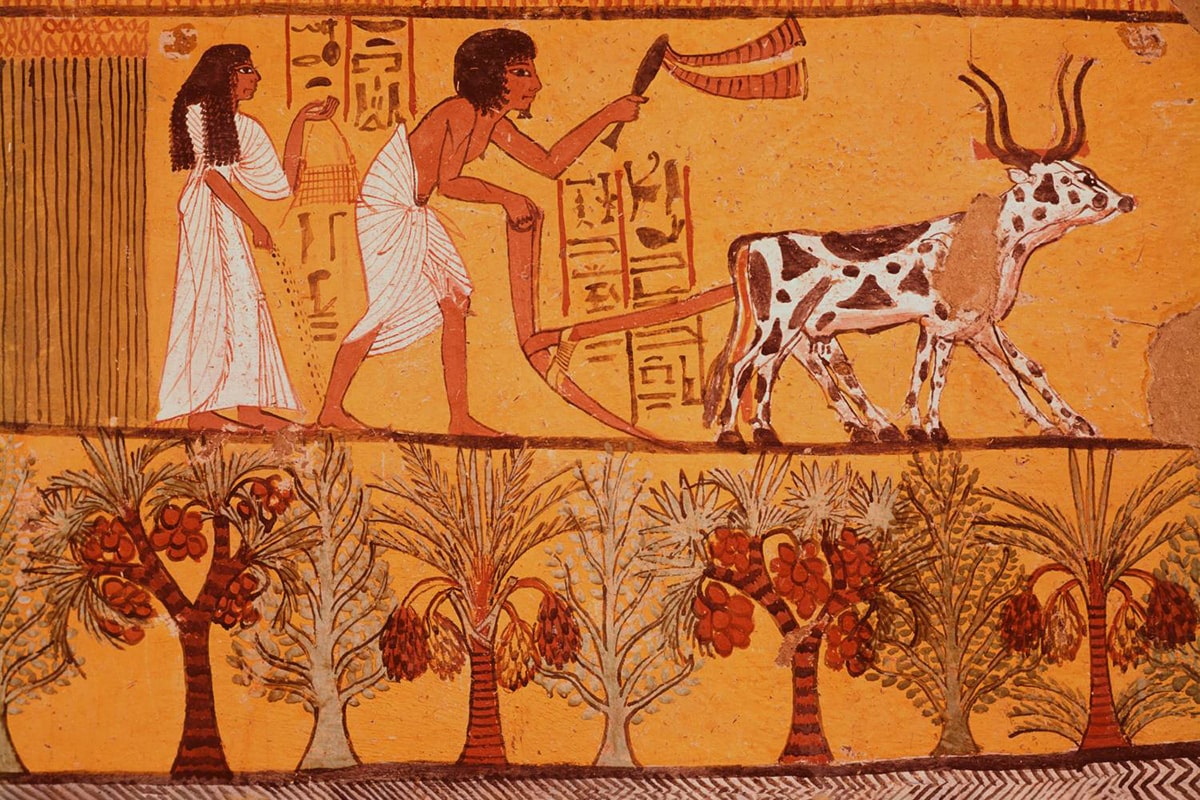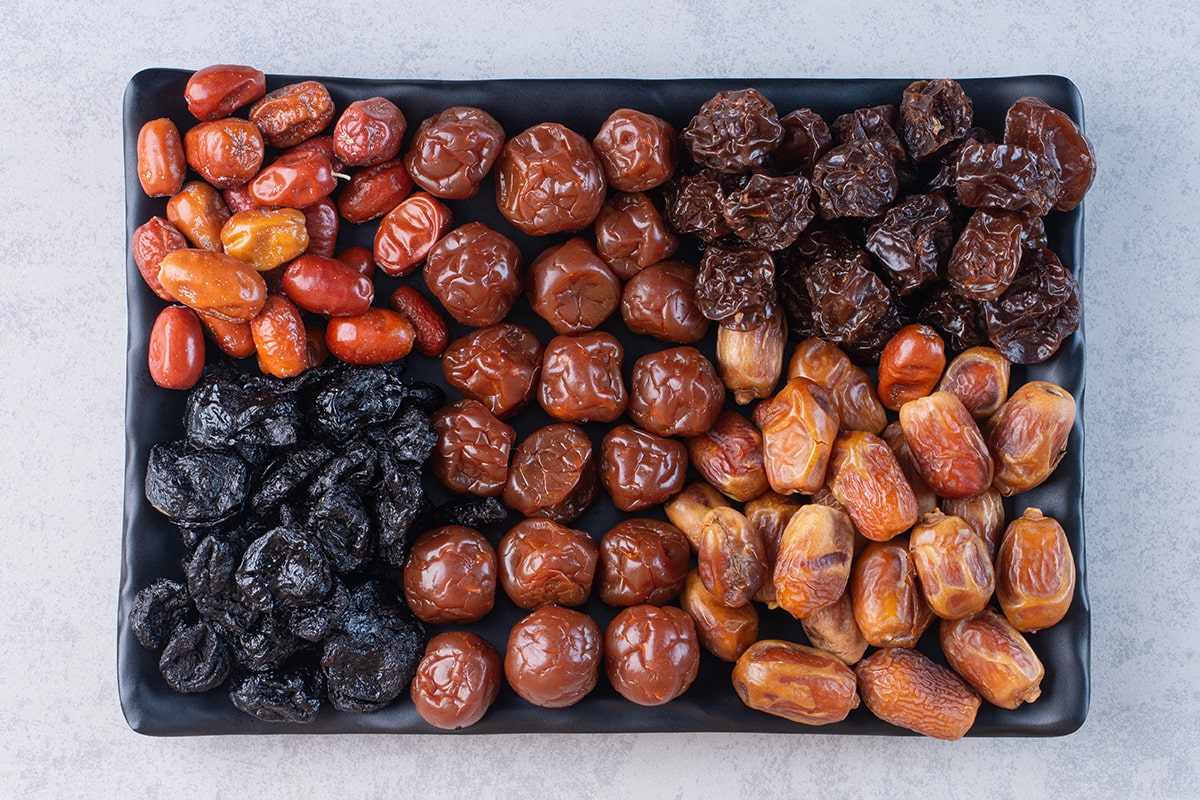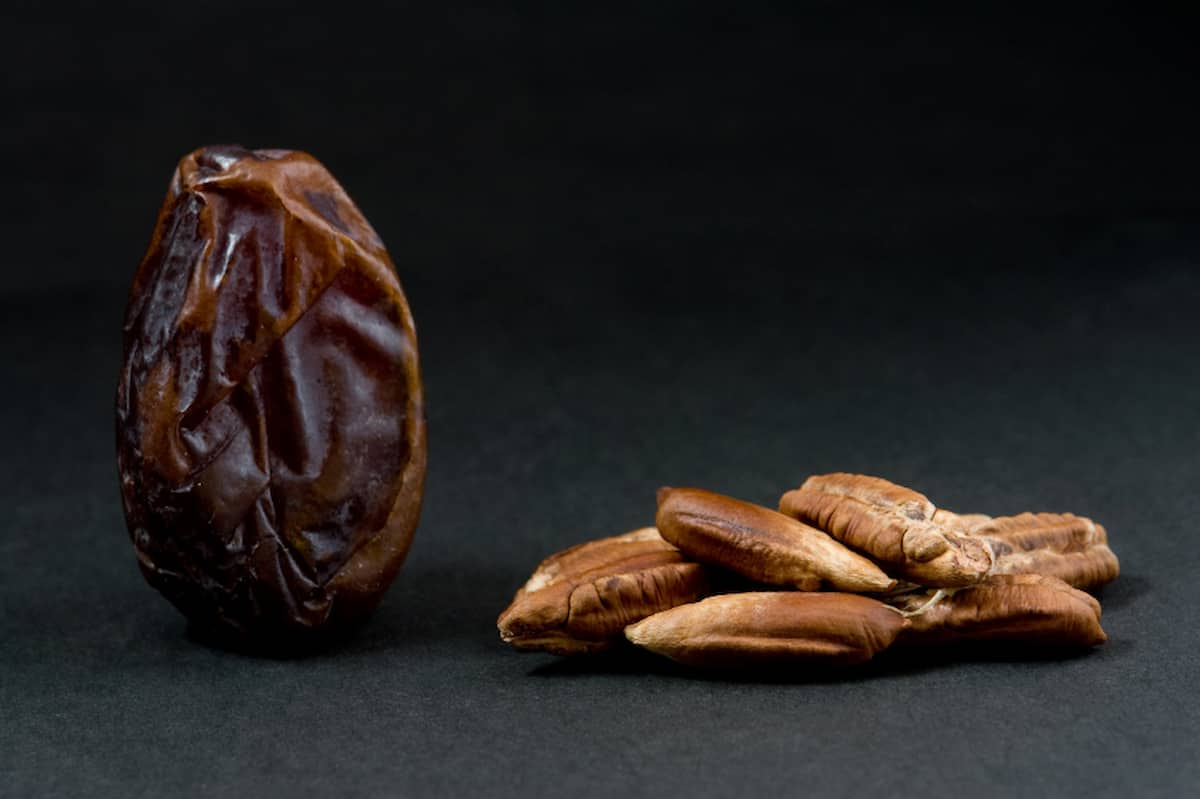Dates are one of the oldest and most recognized fruits in human history. Ancient sources indicate that dates have been cultivated and consumed in the Middle East and North Africa region for at least 5,000 years. Dates hold special significance in various religions, with mentions in the sacred texts of Islam, Judaism, and Christianity.
Dates in Different Cultures
Dates have symbolized aspects of life, joy, wealth, blessing, and vitality in various cultures. Some stories related to dates include:
– The story of Abraham , who, upon God’s command, left his wife and child in a dry and waterless desert. Abraham’s wife, Hagar, named Hajr, searched for water between two hills named Safa and Marwah seven times. Upon her return to her son, Ishmael, God brought forth a flowing spring named Zamzam and a date palm beside it. This palm became a source of sustenance and income for Hagar and Ishmael.
– The story of Mary during the birth of Jesus , seeking refuge under a date palm. God instructed her to shake the tree branches, causing dates to fall, and providing her with nourishment. She was also directed to drink from the Zamzam water to quench her thirst.
– The story of Solomon , known for his wisdom and ability to rule over various beings. Solomon could communicate with animals, birds, and even jinn, seeking their assistance in his tasks. One of his accomplishments was the construction of the Al-Aqsa Mosque in Jerusalem, where he used the help of Jinn to gather construction materials. He asked birds to bring dates, which were then burned to produce bricks for the mosque’s walls.
– In the story of Buddha, when seeking enlightenment and relief from suffering, Buddha used dates for sustenance. He meditated under a date palm for 49 days until he reached enlightenment.
– In Chinese stories, dates symbolize happiness and wealth. During the Moon Festival, Chinese people use dates to decorate tables and make mooncakes. Dates also play a role in romantic and adventurous stories, such as Mulan using dates to create a powerful arrow.
Dates are widely embraced during the holy month of Ramadan by Muslims for iftar and suhoor. This tradition is based on the teachings of Prophet Muhammad (peace be upon him), who said, “Whoever breaks his fast with dates, Allah will keep him away from the Hellfire and purify him from sins.” In this month, dates not only serve as a nutritious food but also as a symbol of unity, love, and brotherhood among Muslims.
Date Cultivation Throughout Ancient Times
Dates have been cultivated since ancient times in tropical and subtropical regions. Some of these areas include Iran, Iraq, Saudi Arabia, Pakistan, North Africa, and the United States. In Iran, dates are primarily grown in provinces such as Khuzestan, Hormozgan, Kerman, Bushehr, Fars, and Sistan and Baluchestan.
Other Uses of Dates in Antiquity
Dates were not only consumed in ancient times but also had various other applications, including:
– Using palm leaves and stems to make various items such as utensils, musical instruments, baskets, decorations, tents, ropes, and more.
– Utilizing palm wood to create furniture, wooden structures, buildings, and more.
– Extracting date syrup for making different beverages, syrups, sugar, vinegar, and more.
– Using date pits to produce medicines, dyes, soaps, and other products.
– Employing dates as a nutritious and energizing food for various individuals, especially during the blessed month of Ramadan.
Dates are a valuable fruit with a significant place in human history and culture. They symbolize life, joy, wealth, blessing, and vitality in various stories, religions, and traditions. Dates are a high-nutrient food that aids in disease prevention and energy enhancement. During the holy month of Ramadan, Muslims widely embrace dates as a symbol of unity, love, and brotherhood.



